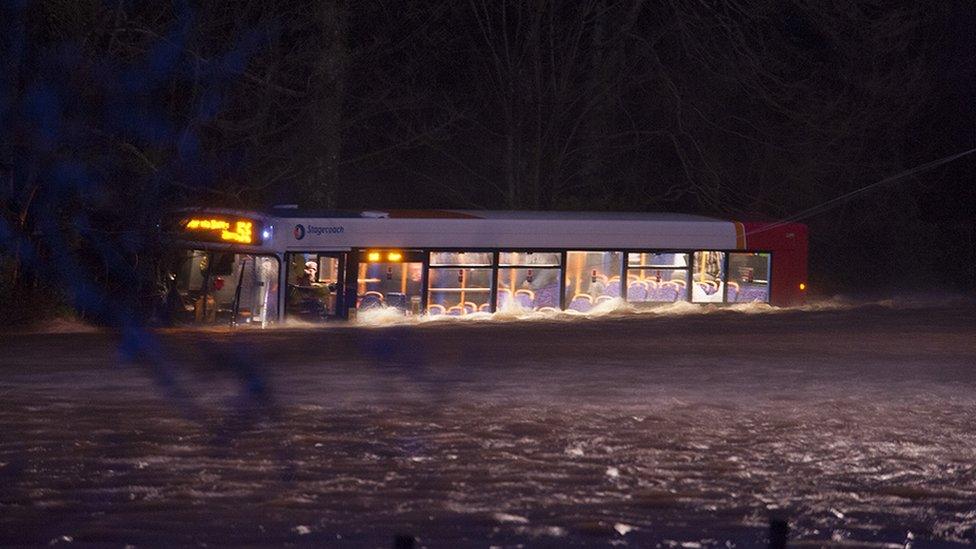More Scottish properties warned over flooding risk
- Published
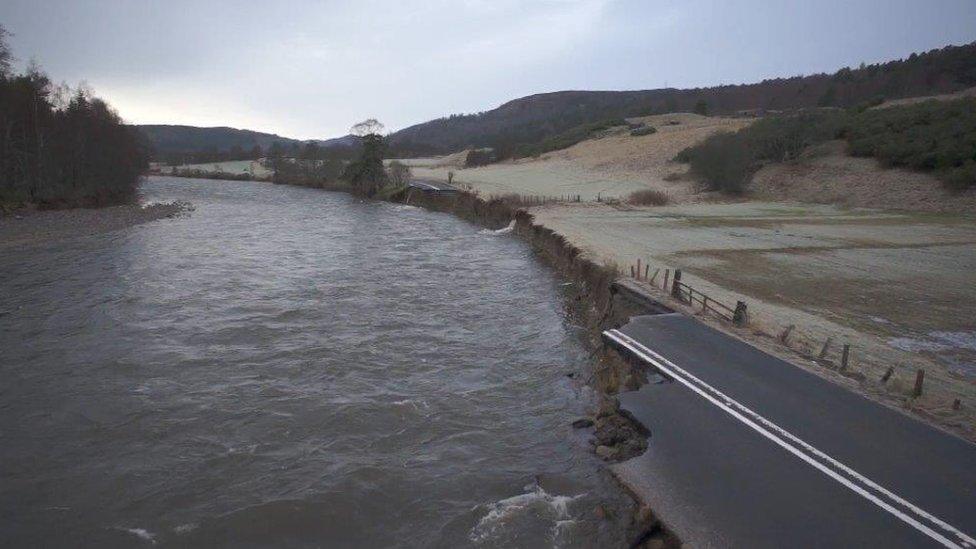
Part of the A93, west of Ballater collapsed in during the 2016 floods
Experts have warned that twice as many Scottish homes and businesses than previously thought could be at risk of flooding.
The Scottish Environment Protection Agency said the rise was largely down to improved modelling and knowledge, rather than an increased physical risk.
The new National Flood Risk Assessment says 284,000 properties are vulnerable to rising river and sea levels.
This compares with 108,000 found to be under threat in 2011 and 2015.
Sepa said it now had a better picture of the scale of the problem.
'Better understanding'
Steve McFarland, of Sepa's flood risk planning and policy team, said: "This is our best understanding yet of flood risk in Scotland, with a wider and more detailed national picture than ever before.
"Scientific knowledge and understanding of flood risk is constantly evolving. Better data and access to improved mapping and modelling has advanced our understanding of the location of properties at risk.
"This means Sepa and its partners are better able to reduce the risk to people, properties, businesses, communities, infrastructure and the environment from the potential impact of future increased flooding."
The latest assessment predicted the problem will get worse with climate change which, by 2080, is set to increase the numbers at risk by 110,000.
This equates to one in eight homes and one in five businesses, compared to one in 11 homes and one in seven businesses at present.
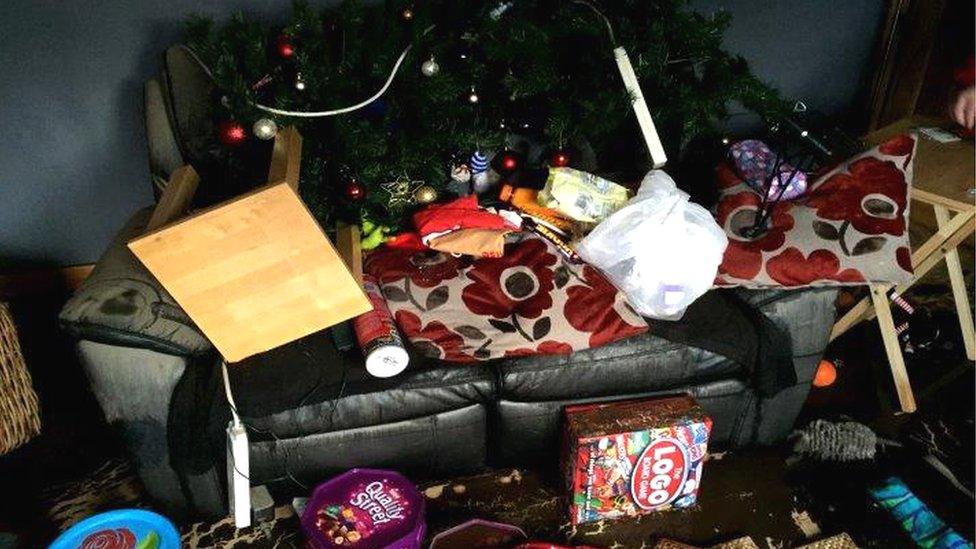
The floods caused misery in some Ballater homes
Mr McFarland added: "Homeowners, businesses and communities need to recognise their risk, get prepared and take action to help reduce the impact that flooding has on their life."
Technology has allowed experts to build a more comprehensive picture of the problem and the latest figures take into account more than just an address.
For example, complex sites like universities, which would previously have been counted as one property, have multiple buildings and workshops.
Sepa said hazard maps, based on intelligence from local communities, have also been updated to identify new vulnerable areas.
When Storm Frank hit Scotland around Hogmanay 2015, it caused widespread flooding across the country.
More than 100 flood warnings were issued and Sepa's 24/7 contact centre received over 3,300 calls.
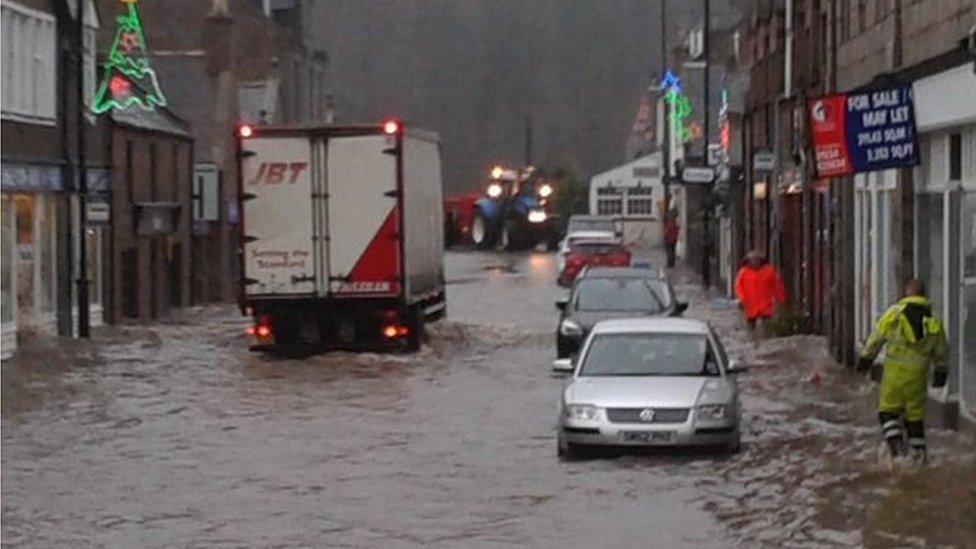
Some roads in Ballater were completely under water
In Ballater in Aberdeenshire, more than 300 properties were affected when the River Dee burst its banks and the final flooding bill ran into millions.
David Cobban and his wife Wendy run the Brakeley Gift Room which was flooded just 12 weeks after it opened.
He recalled: "There was already about four feet of water in the shop by the time we arrived in the morning and it wiped out 100% of our stock.
"So we had to strip everything back the bare stone and refurbish."
The Aberdeen-based quantity surveyor said the shop was unable to trade for four months.
He added: "People in the village went out of their way to come to the shop and the local community was really supportive of all the businesses in Ballater. That really helped.
"There's a lot more liaison now between retailers and businesses in the village and I think we're probably trading better than ever."
Emergency flood kit
The Cobbans signed up for free flood warnings from Sepa's Floodline, external in the aftermath of Storm Frank and made other winter readiness preparations.
These included fitting flood gates, with expanding seals, to the shop's three doorways.
Ballater also created its own Flood Resilience Group to help alert and support local businesses and residents during times of heightened risk.
Sepa has been working with the Scottish government, local authorities and other partners to help assess and manage the impact of flooding through the National Flood Risk Assessment, which was first published in December 2011.
As well as signing up for free Floodline messages the agency encourages people to leave their home or business well protected if they are away.
Other tips include keeping gutters and drains clear of blockages like leaves; ensuring domestic or business insurance covers flooding; and preparing an emergency flood kit in case you need to leave your home.
- Published15 January 2018

- Published29 February 2016
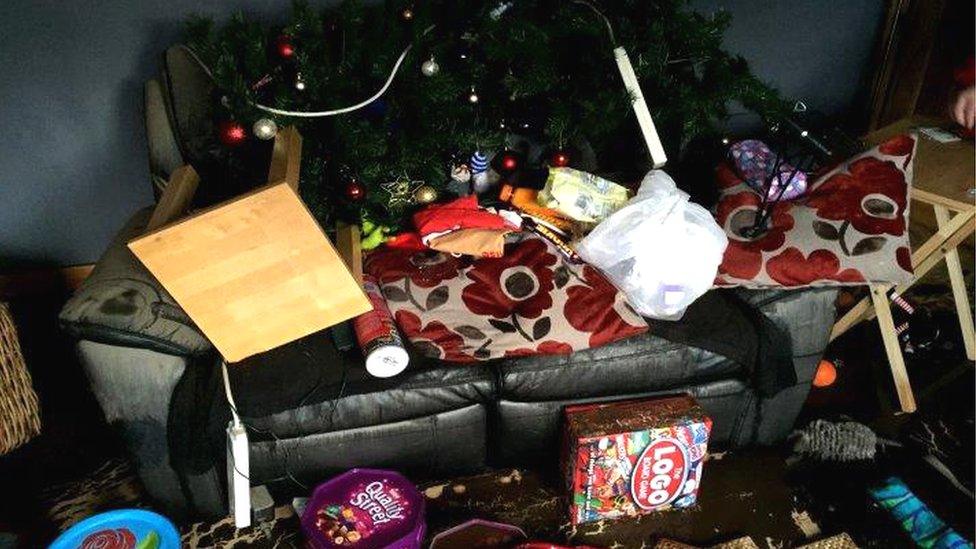
- Published25 February 2016

- Published18 February 2016
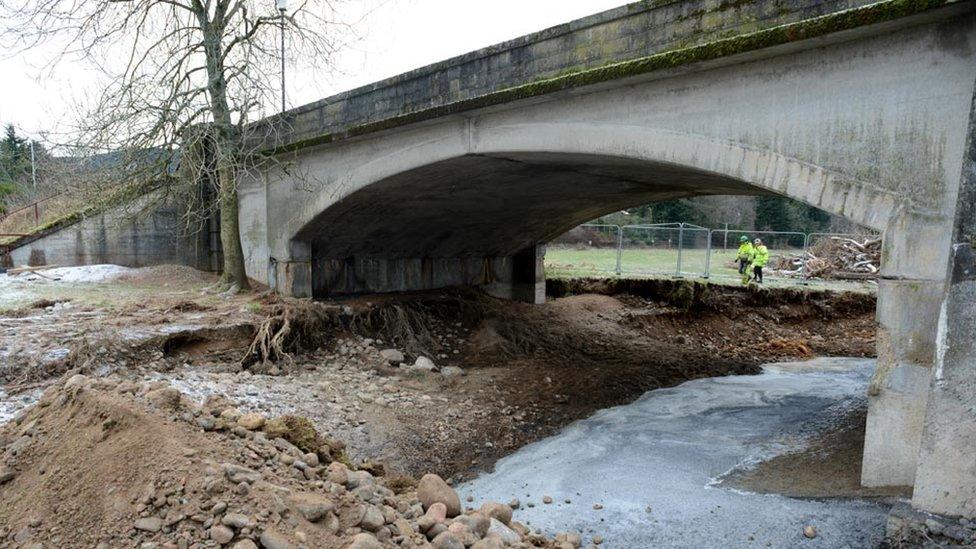
- Published17 January 2016
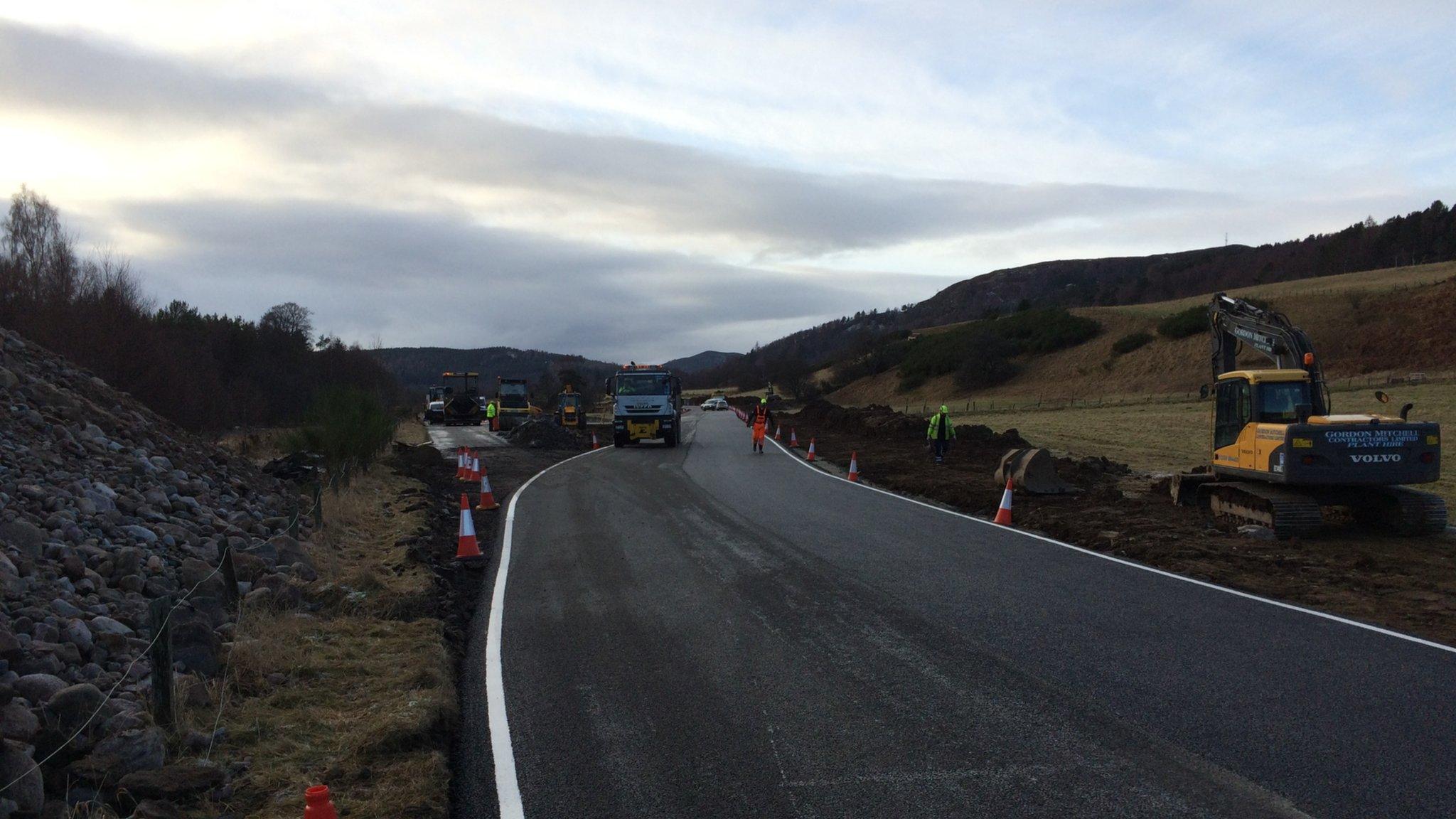
- Published9 January 2016
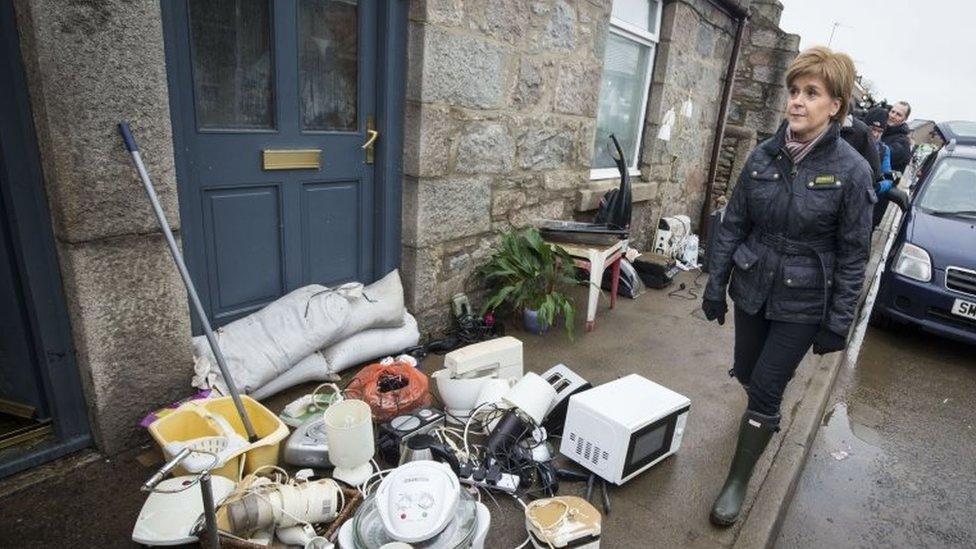
- Published31 December 2015
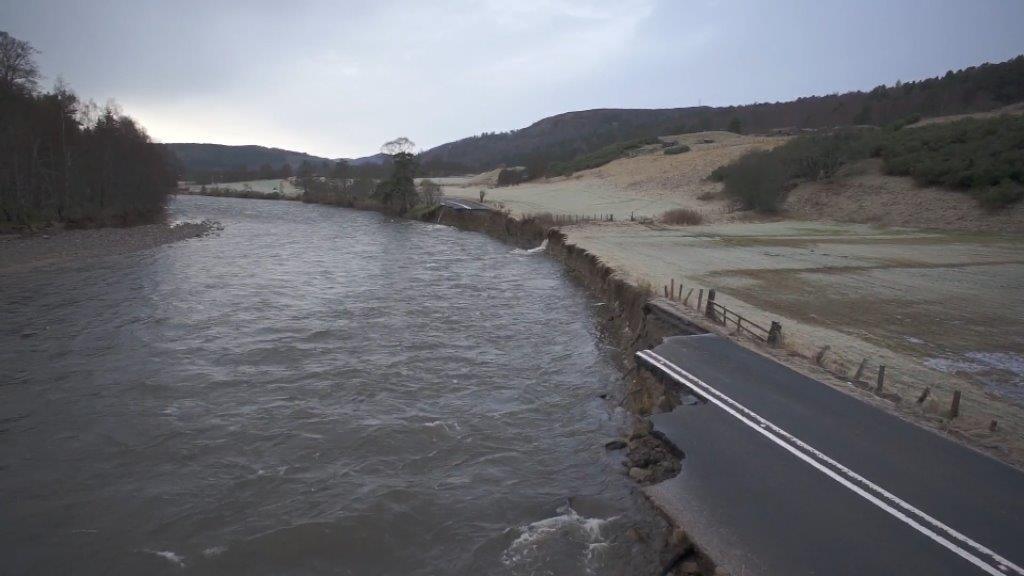
- Published13 January 2016
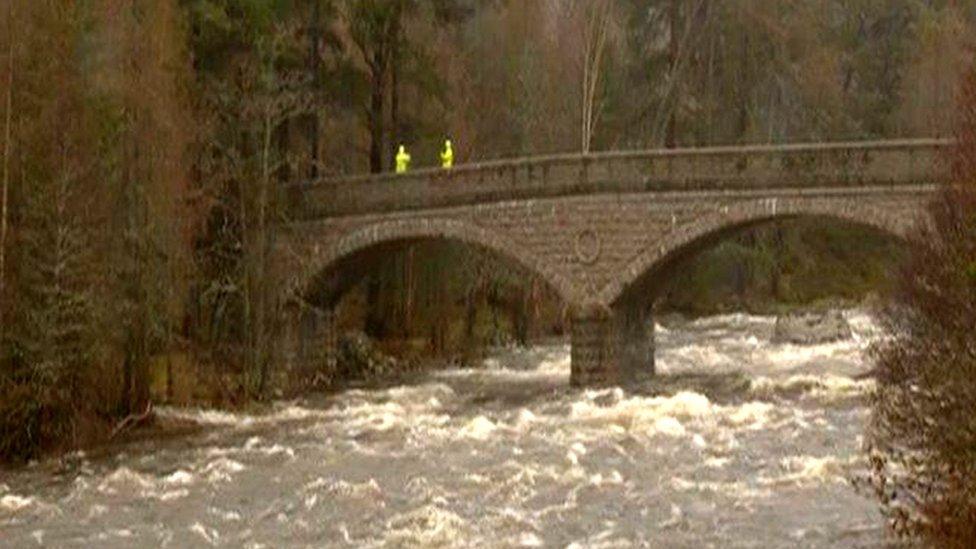
- Published11 January 2016
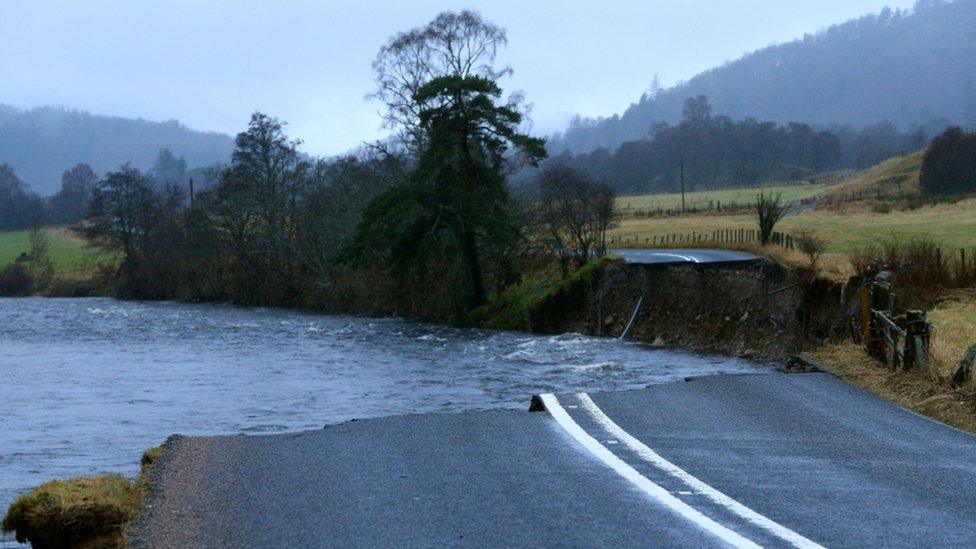
- Published30 December 2015
